Ovens
Ovens, also known as drying pans, are devices used to dry and sterilize glass and metal vessels used in various laboratory processes. Laboratory stoves enable sterilization by dry heat, where hot air is used to carry out this process, this equipment allows uniform distribution of heat inside, where the material is exposed to temperatures of around 170ºC for 2 hours.
Dry heat sterilization works by destroying micro-organisms through oxidation of their cellular components. It is a less efficient process than moist heat sterilization, as microorganisms die more rapidly when in the presence of water, as it allows their protein configuration to be changed more easily, and provides a means of distributing heat evenly throughout the internal chamber of the sterilization equipment.
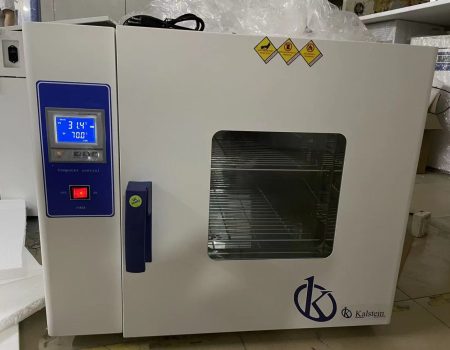
Types of Ovens a Laboratory may need
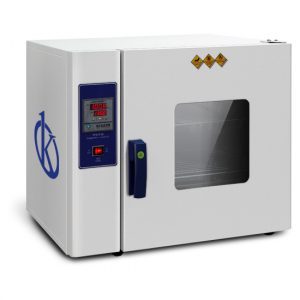
Drying Ovens
Intelligent microcomputer PID control, precision LED display temperature control, timer, overtemperature alarm, Rs 485 computer interface, stainless steel internal mirror, anti-acid, anti-corrosion; hot air circulation system and maintenance. Widely used for drying, sterilization, thermostatic storage, heat treatment and other areas.
Widely used in drying, sterilization, thermostatic storage, heat treatment and other areas, basic equipment for laboratory and research units, but not for volatile, flammable, explosive and other items, to avoid causing an explosion.
Industrial Oven
Intelligent temperature control by microcomputer, digital display; centrifugal wind wheel, even heat flow; large study space, fast heat-up time; (can be fitted with explosion-proof locks, explosion-proof doors). Used for product dehydration and drying, suitable for industrial companies, mining, batch production in workshops, it can be an uninterrupted operation over a long period.
For dehydration, drying, producing industries such as electroplating, electronics, alloy jewelry drip, food, plastics, leather, hardware and other applications, but not for strong volatiles. Flammable and explosive items to avoid explosions.
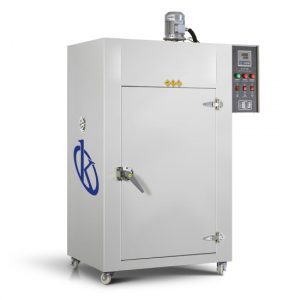
At Kalstein, you can find the ideal Ovens
for your Laboratory
At Kalstein, we're here to help you find what you're looking for.
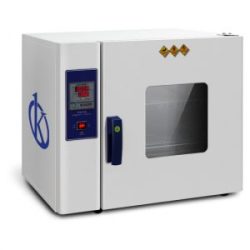
Electric heating drying oven YR05244 // YR05247
Microcomputer intelligent PID control, precision LED display temperature control, timing, over-temperature alarm...
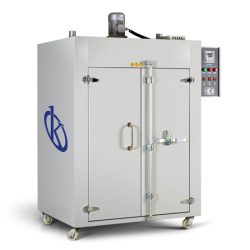
Air Drying Oven YR05257-1 // YR05259-1
Double layer door; Microcomputer intelligent temperature control, digital display; centrifugal wind wheel, heat flow evenly...

Industrial Air Drying Oven YR05256 // YR05258
Microcomputer intelligent temperature control, digital display; centrifugal wind wheel, heat flow evenly; large studio space, fast...
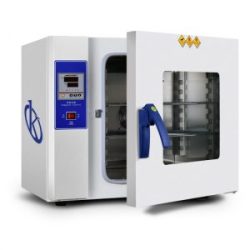
Electric heating drying oven YR05248 // YR05255
Micro-computer intelligent control, temperature control, timing, over-temperature alarm function; fan forced convection...
Our best-selling Oven
Product introduction
- Widely used in biochemical, chemical, pharmaceutical, health care, agricultural research, environmental protection and other research applications for powder Drying and roasting, as well as disinfection and sterilization of glass containers used. Particularly suitable for Drying heat-sensitive, easily decomposed, and the complex composition of easily oxidized material items for fast and efficient Drying.
Technical Advantages
- Vacuum environment greatly reduces the need to get rid of the liquid boiling point, so the vacuum
- Drying heat-sensitive material can be easily applied for is not easy to Drying the sample, such as powder or other granular samples using a vacuum Drying can effectively shorten the Drying time.
- Safety-under the conditions of vacuum and inertness, completely avoid exploding if oxidizing material in a very high temperature.
- Compare with the ordinary drying way depend on air circulating to drying, powder sample is not easy to be blew away by flowing air
| Model | YR05260 (A) | YR05262 (SS) | YR05261 (A) | YR05263 (SS) | YR05264 (A) | YR05265 (SS) |
| Supply Voltage | 220 | |||||
| Temp. Range (°C) | RT + 5 ~ 250 | |||||
| Timer Range | 0 ~ 999 min | |||||
| Material | Zinc Plating Chamber | Stainless Steel | Zinc Plating Chamber | Stainless Steel | Zinc Plating Chamber | Stainless Steel |
| Temp. Accuracy | ± 1 | |||||
| Temp. Fluctuation (%) | ± 2 | |||||
| Power (KW) | 0.9 | 1.4 | ||||
| Vacuum Degree | < 133 | |||||
| Inner Size (mm) (H x W x D) | 28 x 30 x 30 | 40 x 41.5 x 35 | 44 x 48.5 x 42.5 | |||
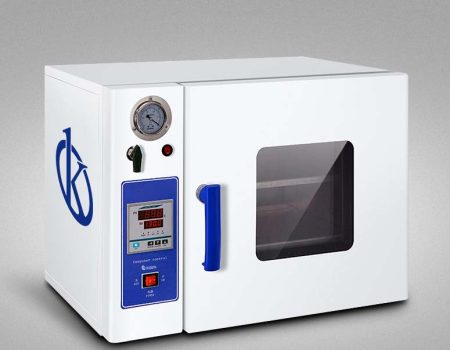
Analysis of the best Ovens for your Laboratory
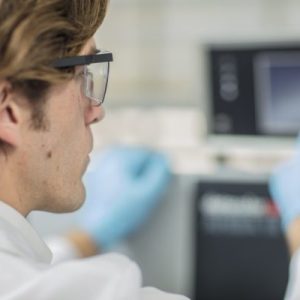
Differences: drying ovens, laboratory incubators?
Among the wide variety of equipment needed to carry out the many activities of a laboratory...
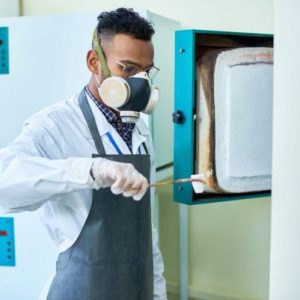
How does a natural convection Oven work?
A natural convection Laboratory Oven is an oven that extracts air from the environment in which it...
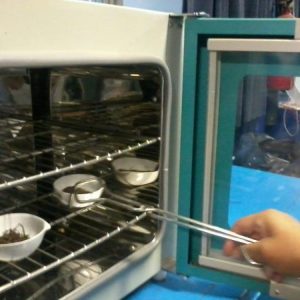
Which Laboratory Oven to choose?
Among the wide variety of equipment needed to carry out the many activities of a Laboratory...
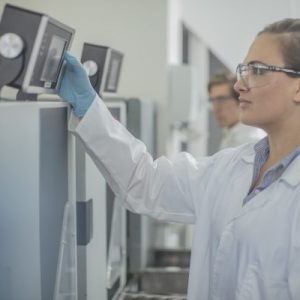
Types of Laboratory
Ovens
The Laboratory Oven is a piece of equipment used to dry and sterilize glass and metal containers in the Laboratory...
Catalog of Ovens models for sale
-
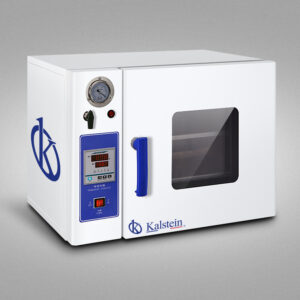
Étuve de Séchage à Vide YR05265-1 (SS) // YR05995 (S)
Choix des options -
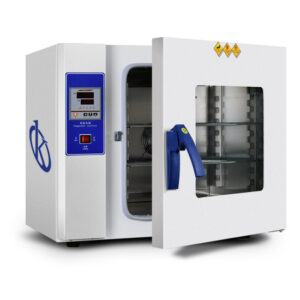
Étuve de chauffage électrique YR05248 // YR05255
Choix des options -
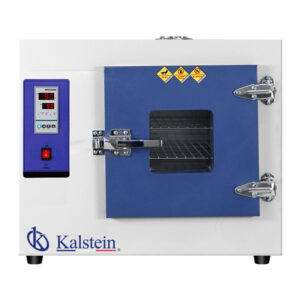
Étuve avec Chauffage Électrique YR05259-2
-
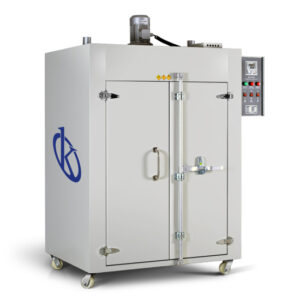
Four de séchage à air industriel à double porte YR05257-1 // YR05259-1
Choix des options -
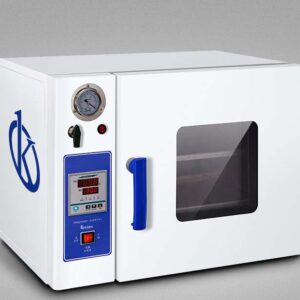
Four de séchage sous vide YR05260 (A) // YR05265 (SS)
Choix des options -
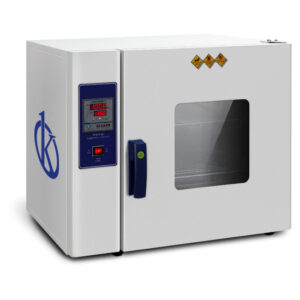
Étuve de chauffage électrique YR05244 // YR05247
Choix des options -
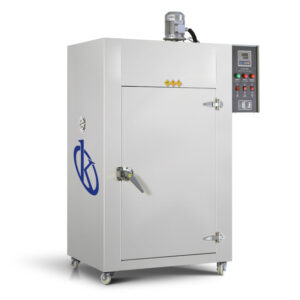
Four de séchage à l’air industriel à porte unique YR05256 // YR05258
Choix des options
KALSTEIN UPDATED
Guides to becoming a Ovens expert
At Kalstein, we manufacture the highest quality Ovens with the best technology on the market,
We leave you a few blogs to learn more about our product.
What is the purpose of a Laboratory Oven?
The Laboratory Oven is an instrument used to dry and sterilize glass containers, which come from a laboratory wash...
What considerations need to be taken into account when
The Dryer is a piece of equipment used to dry and sterilize glass and metal containers in the laboratory...
From simple to complex
- Kalstein
The Dryer is a piece of equipment used to dry and sterilize glass and metal containers in the Laboratory..
Ovens: dry heat sterilization
Hot air is one of the most widely used dry heat sterilization methods. This process is carried out in oven, which allow uniform heat distribution inside, where the material is exposed to temperatures of around 170°C for 2 hours. Dry heat sterilization destroys micro-organisms by oxidizing their cellular components.
Video of our Oven in operation
Oven in operation
Ovens are used to dry and sterilize glass and metal containers. The temperature inside the oven is higher than that of the surrounding environment. Depending on their mode of operation, there are two main types of oven: those that operate by natural convection and those that operate by forced convection.
A Laboratory Oven can be used for sterilization, which takes place inside the oven and is known as dry heat sterilization, which is carried out only at 180°C for 2 hours. During this process, the glass or metal is heated by air to a high temperature, eliminating any possibility of biological activity.


Frequently asked questions from our customers about Ovens
How can I find out the price of the Ovens?
To find out the price of our Drying Ovens, please send us an e-mail with your request via the contact form.
What are the delivery times for the Ovens?
The delivery time for your Kalstein product will depend on the following factors:
- Whether the equipment you are interested in is in stock or needs to be manufactured.
- The type of freight you have chosen, which can be either air or sea.
- Computers in stock :
- Delivery Time (Air): 15-30 days.
- Delivery time (Maritimo): 45-60 days.
- Computers not in stock :
- Delivery time (Aereo): 30-60 days.
- Delivery time (Maritimo): 60-90 days.
How do I buy an oven?
You can make your purchase via :
- By e-mail: sales@kalstein.eu
- By phone: +33 (0) 1 78 95 87 02
- Trade: via the official Kalstein website in your country.
How does the warranty work?
All Kalstein equipment carries a 1-year warranty against manufacturing defects. The warranty does not cover damage caused by improper installation or operation by the user, defects in transport or use other than that specified by the manufacturer. The warranty does not cover electrical parts or consumables. For more information, visit our "terms and conditions" by clicking HERE
At Kalstein, we provide our customers with advice and technical support using new online methods. You can visit our induction videos, technical support and advice provided by a Kalstein team via our Youtube channel (Kalstein English). HERE
Can I request a quote online?
Of course, you can request a quote for the Kalstein team of your interest, directly from our official website. Once you've identified the model of your choice, click HERE
Send us a direct message and one of our agents will contact you
Erreur : Formulaire de contact non trouvé !
